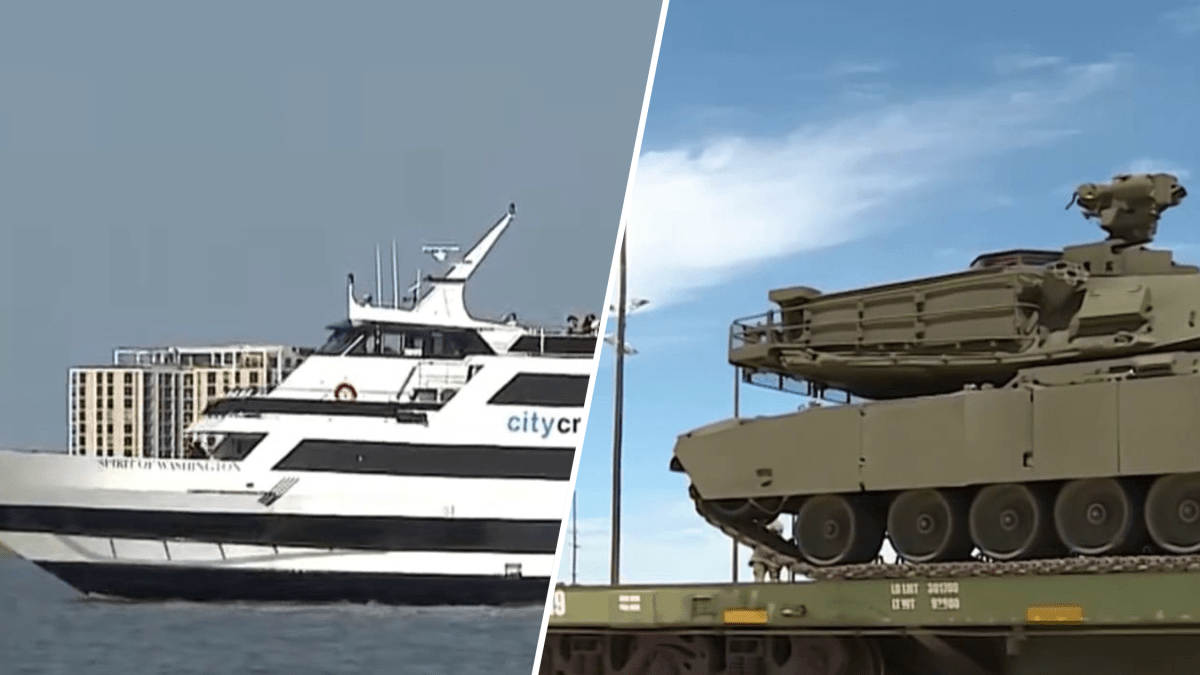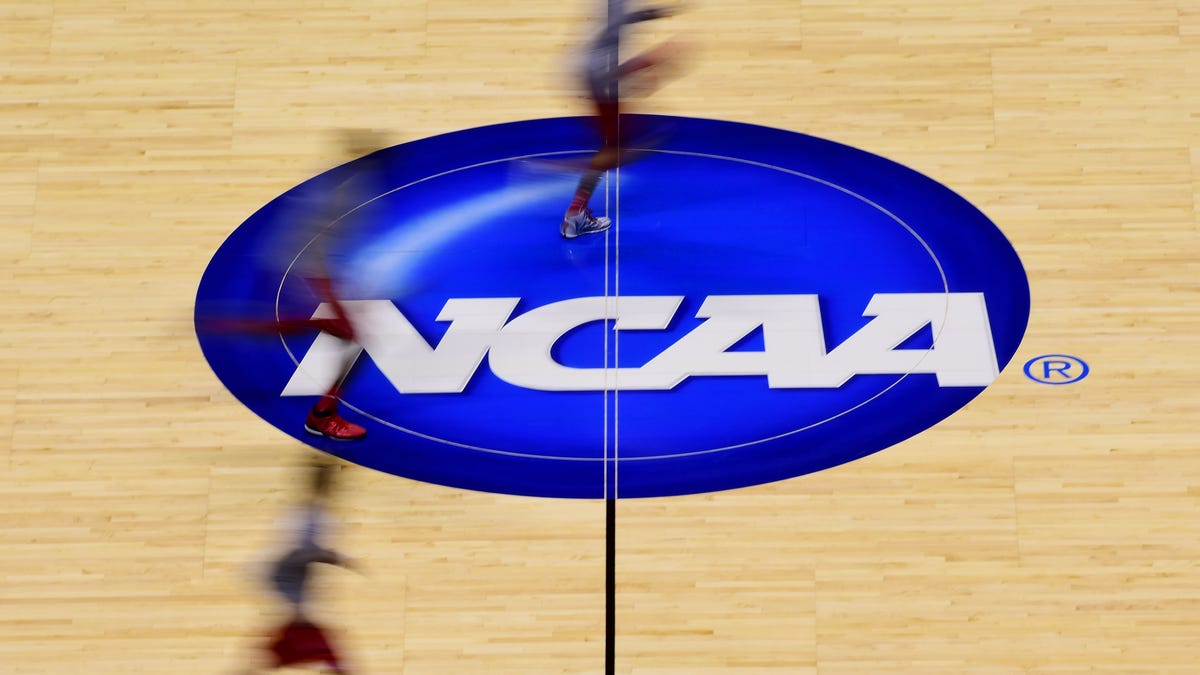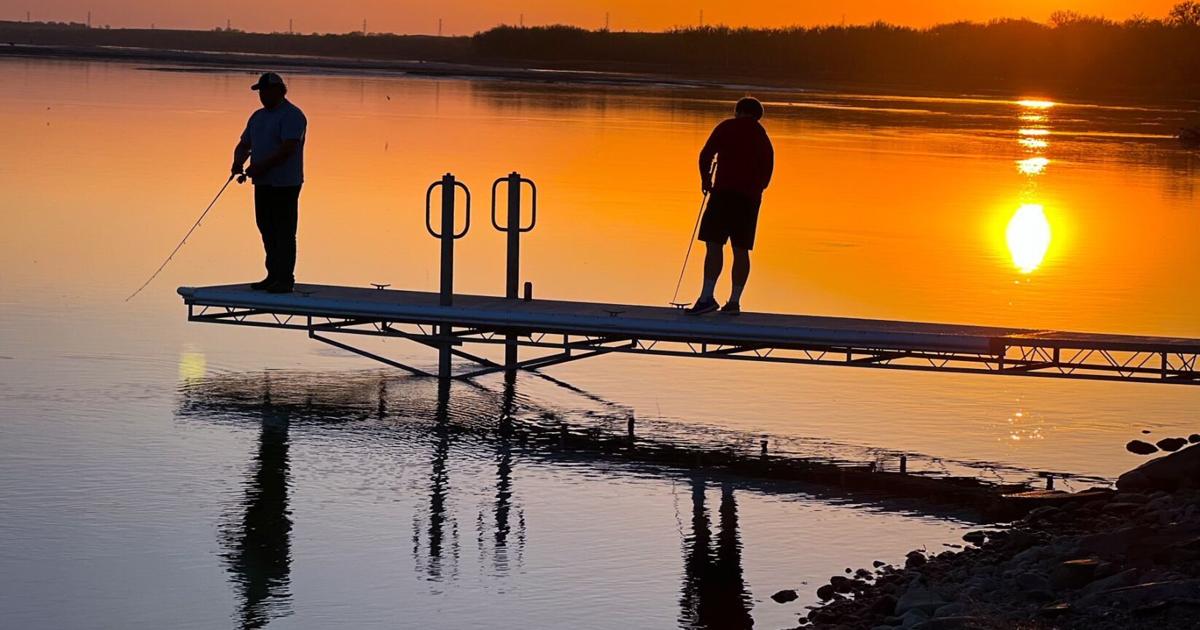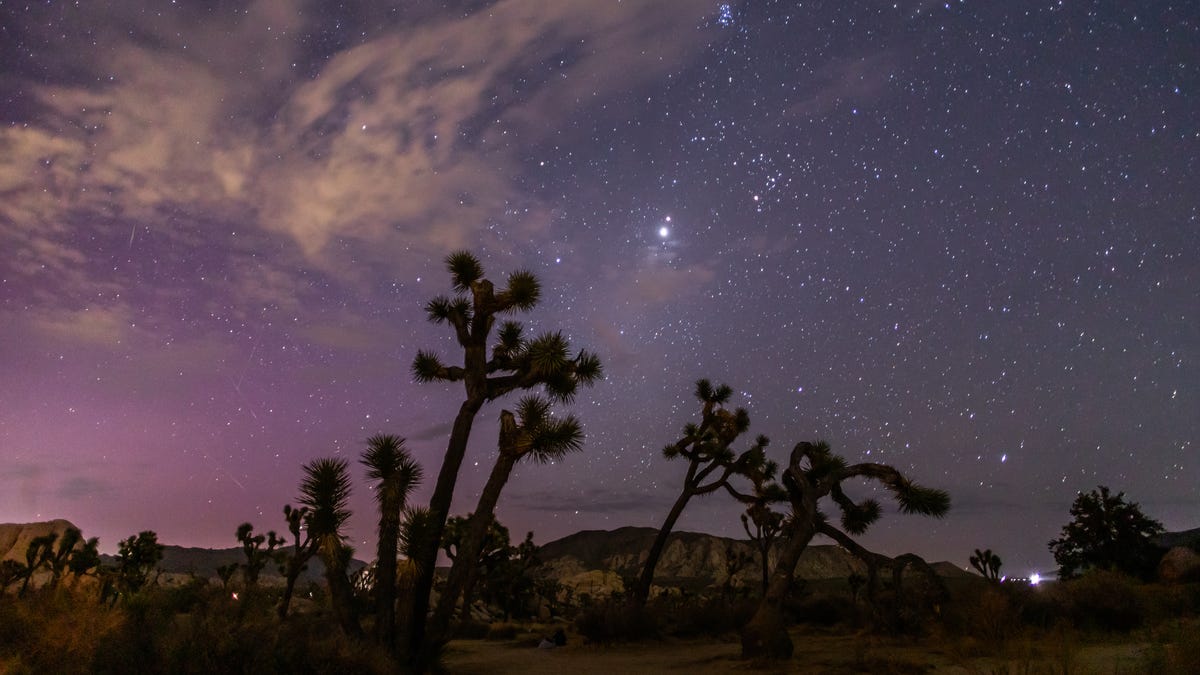Alaska
Astranis internet satellite malfunctions before beginning Alaska service, backup planned for spring

The Arcturus satellite is seen en route to geosynchronous orbit.
Astranis
Satellite internet service provider Astranis said Friday its first commercial satellite in orbit, which was intended to provide coverage to Alaska, has malfunctioned. A backup satellite is planned for the spring.
It’s an early setback for a unique approach to providing internet service to underserved communities in remote locations. Astranis announced in May that Arcturus was working “perfectly” and could begin servicing Alaskans as soon as mid-June.
The company’s Arcturus satellite suffered an issue with both its solar arrays, the company said. The problem “first showed up a couple weeks ago,” Astranis CEO John Gedmark told CNBC. On Monday the company identified the root cause, which was solar array drive assembly made by a vendor and not by Astranis.
“Solar array drives are motors that rotate the solar arrays to make sure they’re always pointed at the sun, and they go transmit that power back into the spacecraft. So if they stop responding and stop rotating … you don’t end up getting the full power that you need,” Gedmark said.
The lack of power from the solar arrays means that its broadband communications “cannot operate at full capacity,” Gedmark said, but Astranis has identified the issue and knows how to fix it on future satellites.
Additionally, Astranis has “full control” of Arcturus, the company said.
Sign up here to receive weekly editions of CNBC’s Investing in Space newsletter.
The company declined to name the vendor that supplied the solar array drives. Gedmark confirmed on Friday that – until the solar array issue – the Astranis-built parts were working. The company had successfully completed early demonstrations of connecting to remote locations in Alaska.
A pre-planned backup
The San Francisco-based company, which is taking an alternative approach to providing internet access with its satellites, already has plans in motion to bridge the gap in coverage for Alaska.
Astranis will launch the previously unannounced “UtilitySat” as part of its batch of four satellites that are set to fly later this year. Gedmark described it as “the Swiss Army Knife of satellites.”
Unlike Astranis’ commercial satellites, UtilitySat has more multiple-frequency bands but lower capacity – meaning it provides about three gigabits per second of coverage, rather than the close to nine gigabits per second of the commercial satellites.
“We’ve built into our model that we’re going to put up a number of these on-orbit spares and backup satellites that can be used to bridge capacity [or] for more secondary missions,” Gedmark said.
Astranis expects UtilitySat to begin providing service to Alaska by spring of next year. Gedmark said the company expects to have a “full replacement” in early 2025.
In the meantime, Astranis will continue looking at ways to potentially recover Arcturus or use it as a demo platform.
Gedmark suggested the company could use it to test connectivity “anti-jamming capabilities that we might demonstrate as part of the work that we’re doing with our partners at Space Force.”

Alaska
Alaska Airlines Hawaii-Bound Flight Makes U-Turn to Seattle
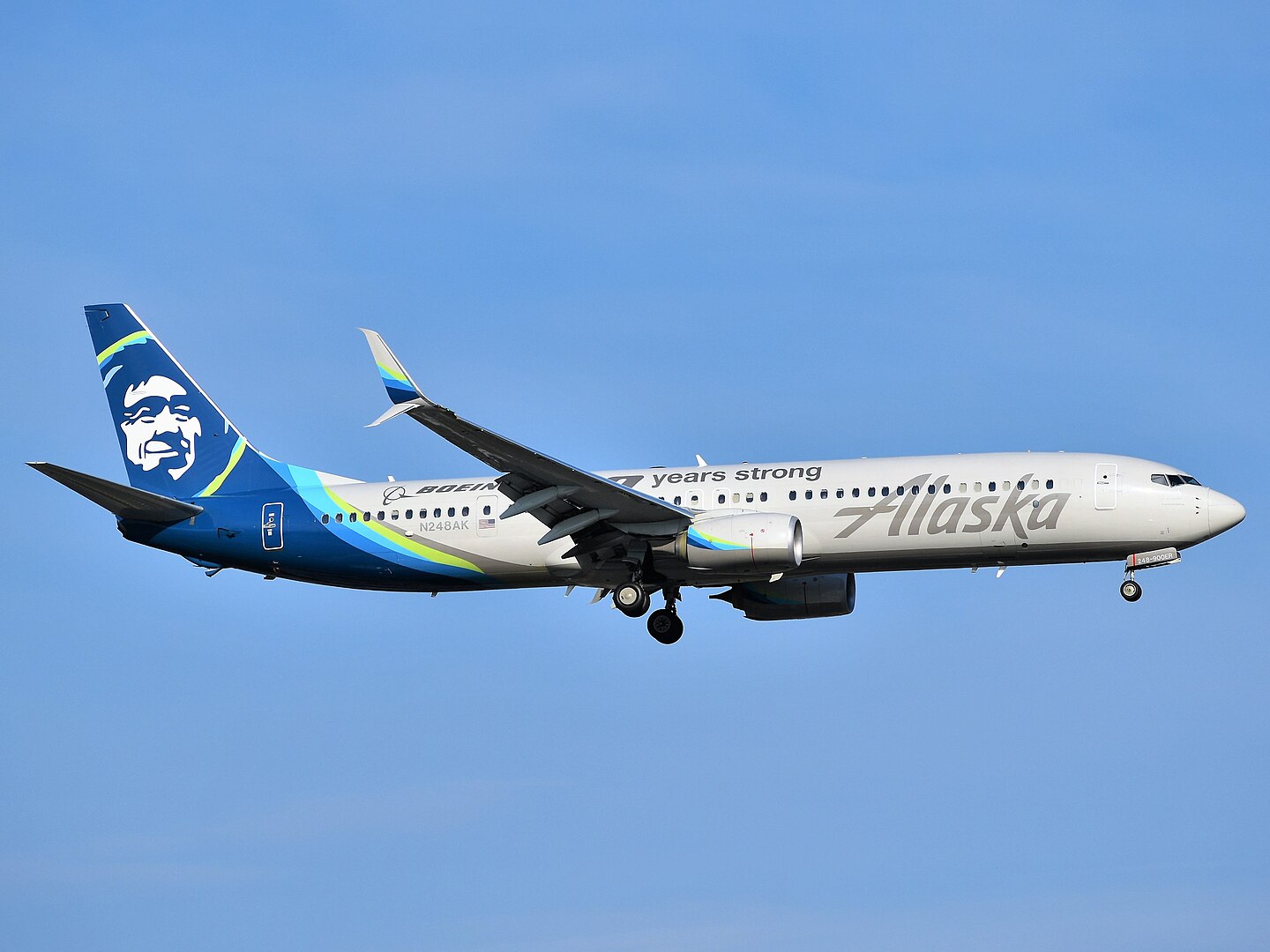
SEATTLE- An Alaska Airlines (AS) flight bound for Kahului, Hawaii (OGG), was forced to return to Seattle-Tacoma International Airport (SEA) following a mid-air pressurization emergency.
Flight AS825, operated by a Boeing 737-900, was en route to Kahului when it experienced a loss of cabin pressure roughly 220 nautical miles southwest of Seattle at 34,000 feet. The aircraft made an emergency descent and safely landed back at SEA about 90 minutes after takeoff.
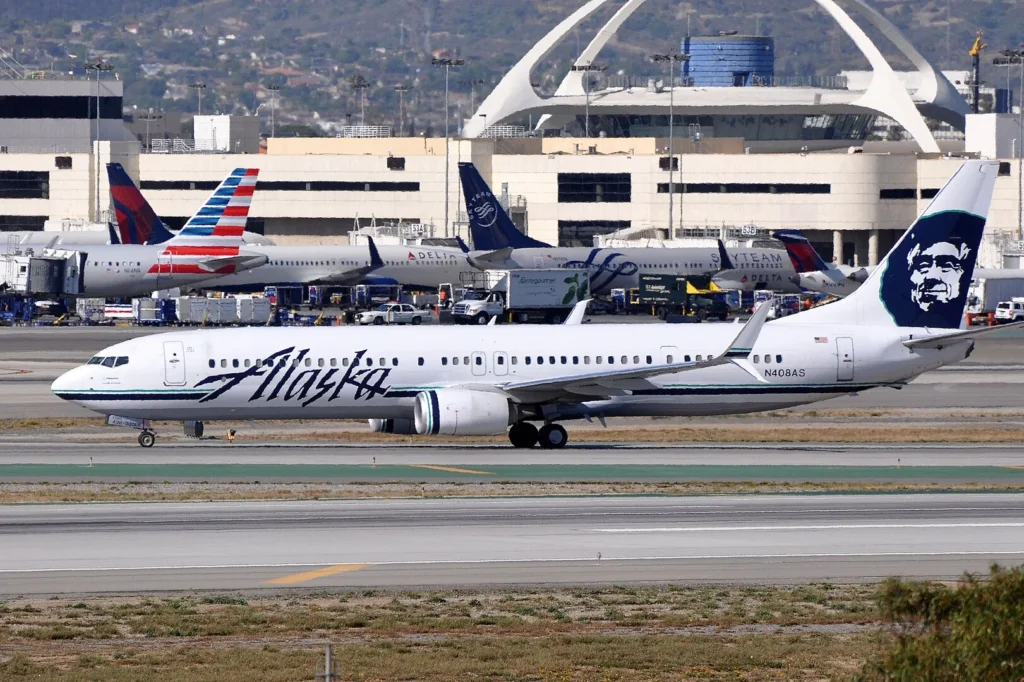
Alaska Airlines Makes U-Turn to Seattle
On June 3, 2025, Alaska Airlines Flight AS825 departed Seattle-Tacoma International Airport (SEA) for Kahului International Airport (OGG), flagged by Aviation Herald.
The flight was operated by a Boeing 737-900, tail number N462AS. While cruising over the Pacific Ocean, the flight crew initiated an emergency descent from FL340 to 9,000 feet due to a pressurization malfunction.
The flight diverted back to SEA and landed without incident on Runway 34R.
The Federal Aviation Administration (FAA) confirmed that the crew reported a cabin pressurization issue and returned safely around 11:00 a.m. local time. The agency has launched a formal investigation into the incident.
A replacement aircraft, also a Boeing 737-900 (registration N468AS), resumed the journey to Hawaii and landed at Kahului approximately six hours behind schedule.


Similar Incident
In a related incident earlier this year, Delta Air Lines (DL) experienced a pressurization emergency on Flight DL576.
The aircraft, a Boeing 737-800 (registration N399DA), departed from Mexico City International Airport (MEX) bound for Atlanta (ATL) on April 7, 2025. Shortly after takeoff, the aircraft failed to climb beyond 10,000 feet due to pressurization problems.
Complicating matters, miscommunication arose between the Delta flight crew and Mexico City ATC.
The pilots declared an emergency but also indicated they were not immediately returning to the airport. Their request for vectors to avoid terrain while completing checklists was confusing, especially given the high elevation of MEX (7,300 feet) and the mountainous surrounding terrain.
Key Factors Behind Pressurization Emergencies
- Terminology Misuse: Use of non-standard emergency phrases can delay ATC response.
- Altitude Limitations: High-elevation airports reduce vertical safety margins during emergencies.
- Incomplete Communication: Failing to clearly articulate flight intentions under stress can create avoidable misunderstandings.
- Checklist Protocols: Flight crews often need time and space to complete troubleshooting procedures before executing a return.
Both incidents underscore the critical need for clear, standardized communication and highlight how environmental and technical constraints can quickly escalate emergencies.
Stay tuned with us. Further, follow us on social media for the latest updates.
Join us on Telegram Group for the Latest Aviation Updates. Subsequently, follow us on Google News
Alaska
Former Alaska priest believed kidnapped by terrorist group, Alaska Diocese says
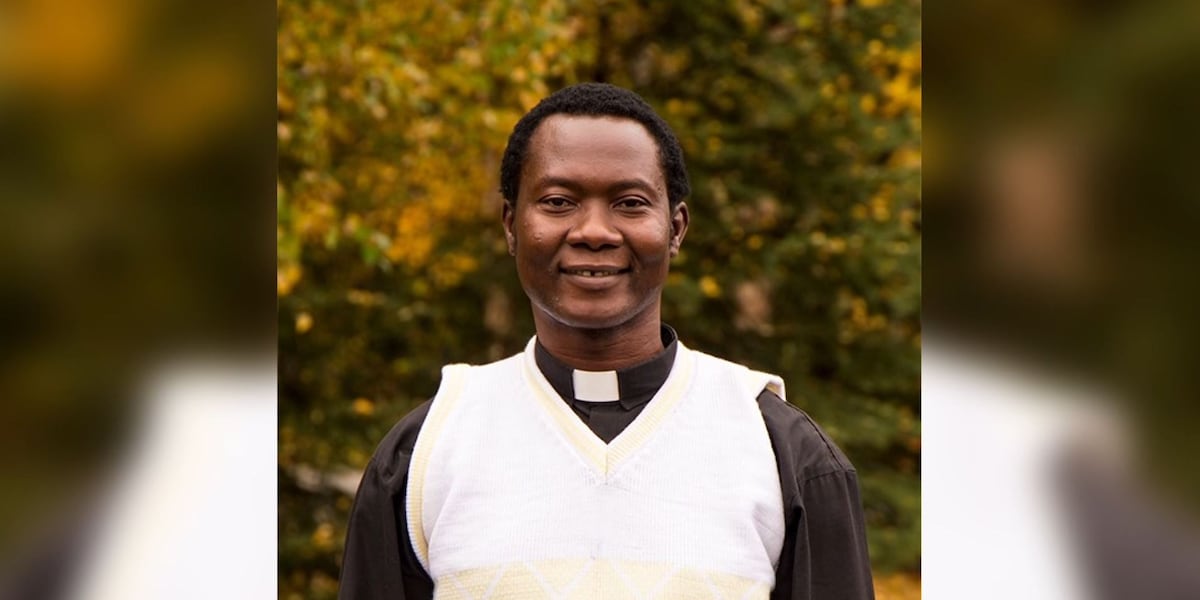
FAIRBANKS, Alaska (KTUU) – A mass was held Tuesday for a former Fairbanks priest who the Diocese of Fairbanks says was kidnapped while on a mission in Africa.
On Sunday, the Catholic Diocese of Fairbanks says it received word from Nigeria that the former Rev. Alphonsus Afina and two companions were taken captive by members of Boko Haram while traveling.
Boko Haram is a self-proclaimed Jihadist militant group that has been designated as a terrorist organization by the United States since 2013.
Afina had spent six and a half years in Alaska, spending his time in service to the villages on the Seward Peninsula. He traveled to Nigeria to help build a trauma center in the country for victims of Boko Haram.
The Diocese held a mass on Tuesday where community members gathered to pray for Afina’s safe and immediate release from captivity.
“The turnout was absolutely amazing,” said Rev. Robert Fath, JCL, Vicar General of the Catholic Diocese of Fairbanks.
“We put word out [Monday], and in less than 24 hours, we had a couple hundred people gathered at the cathedral here in Fairbanks for a mass to pray for Father Alphonsus, other victims of the Boko Haram, that they be given strength and God willing, they be released back to us to continue their mission.”
No other information about Afina’s condition has been made public since Sunday.
See a spelling or grammar error? Report it to web@ktuu.com
Copyright 2025 KTUU. All rights reserved.
Alaska
Interior Plans to Rescind Drilling Ban in Alaska’s National Petroleum Reserve

A critical question demands an actionable answer. To date, many takes on various sides of the debate have focused more on high-level narrative than precise policy prescriptions. If we zoom in to look at the actual sources of delay in clean energy projects, what sorts of solutions would we come up with? What would a data-backed agenda for clean energy abundance look like?
The most glaring threat to clean energy deployment is, of course, the Republican Party’s plan to gut the Inflation Reduction Act. But “abundance” proponents posit that Democrats have imposed their own hurdles, in the form of well-intentioned policies that get in the way of government-backed building projects. According to some broad-brush recommendations, Democrats should adopt an abundance agenda focused on rolling back such policies.
But the reality for clean energy is more nuanced. At least as often, expediting clean energy projects will require more, not less, government intervention. So too will the task of ensuring those projects benefit workers and communities.
To craft a grounded agenda for clean energy abundance, we can start by taking stock of successes and gaps in implementing the IRA. The law’s core strategy was to unite climate, jobs, and justice goals. The IRA aims to use incentives to channel a wave of clean energy investments towards good union jobs and communities that have endured decades of divestment.
Klein and Thompson are wary that such “everything bagel” strategies try to do too much. Other “abundance” advocates explicitly support sidelining the IRA’s labor objectives to expedite clean energy buildout.
But here’s the thing about everything bagels: They taste good.
They taste good because they combine ingredients that go well together. The question — whether for bagels or policies — is, are we using congruent ingredients?
The data suggests that clean energy growth, union jobs, and equitable investments — like garlic, onion, and sesame seeds — can indeed pair well together. While we have a long way to go, early indicators show significant post-IRA progress on all three fronts: a nearly 100-gigawatt boom in clean energy installations, an historic high in clean energy union density, and outsized clean investments flowing to fossil fuel communities. If we can design policy to yield such a win-win-win, why would we choose otherwise?
Klein and Thompson are of course right that to realize the potential of the IRA, we must reduce the long lag time in building clean energy projects. That lag time does not stem from incentives for clean energy companies to provide quality jobs, negotiate Community Benefits Agreements, or invest in low-income communities. Such incentives did not deter clean energy companies from applying for IRA funding in droves. Programs that included all such incentives were typically oversubscribed, with companies applying for up to 10 times the amount of available funding.
If labor and equity incentives are not holding up clean energy deployment, what is? And what are the remedies?
Some of the biggest delays point not to an excess of policymaking — the concern of many “abundance” proponents — but an absence. Such gaps call for more market-shaping policies to expedite the clean energy transition.
Take, for example, the years-long queues for clean energy projects to connect to the electrical grid, which developers rank as one of the largest sources of delay. That wait stems from a piecemeal approach to transmission buildout — the result not of overregulation by progressive lawmakers, but rather the opposite: a hands-off mode of governance that has created vast inefficiencies. For years, grid operators have built transmission lines not according to a strategic plan, but in response to the requests of individual projects to connect to the grid. This reactive, haphazard approach requires a laborious battery of studies to determine the incremental transmission upgrades (and the associated costs) needed to connect each project. As a result, project developers face high cost uncertainty and a nearly five-year median wait time to finish the process, contributing to the withdrawal of about three of every four proposed projects.
The solution, according to clean energy developers, buyers, and analysts alike, is to fill the regulatory void that has enabled such a fragmentary system. Transmission experts have called for rules that require grid operators to proactively plan new transmission lines in anticipation of new clean energy generation and then charge a preestablished fee for projects to connect, yielding more strategic grid expansion, greater cost certainty for developers, fewer studies, and reduced wait times to connect to the grid. Last year, the Federal Energy Regulatory Commission took a step in this direction by requiring grid operators to adopt regional transmission planning. Many energy analysts applauded the move and highlighted the need for additional policies to expedite transmission buildout.
Another source of delay that underscores policy gaps is the 137-week lag time to obtain a large power transformer, due to supply chain shortages. The United States imports four of every five large power transformers used on our electric grid. Amid the post-pandemic snarling of global supply chains, such high import dependency has created another bottleneck for building out the new transmission lines that clean energy projects demand. To stimulate domestic transformer production, the National Infrastructure Advisory Council — including representatives from major utilities — has proposed that the federal government establish new transformer manufacturing investments and create a public stockpiling system that stabilizes demand. That is, a clean energy abundance agenda also requires new industrial policies.
While such clean energy delays call for additional policymaking, “abundance” advocates are correct that other delays call for ending problematic policies. Rising local restrictions on clean energy development, for example, pose a major hurdle. However, the map of those restrictions, as tracked in an authoritative Columbia University report, does not support the notion that they stem primarily from Democrats’ penchant for overregulation. Of the 11 states with more than 10 such restrictions, six are red, three are purple, and two are blue — New York and Texas, Virginia and Kansas, Maine and Indiana, etc. To take on such restrictions, we shouldn’t let concern with progressive wish lists eclipse a focused challenge to old-fashioned, transpartisan NIMBYism.
“Abundance” proponents also focus their ire on permitting processes like those required by the National Environmental Policy Act, which the Supreme Court curtailed last week. Permitting needs mending, but with a chisel, not a Musk-esque chainsaw. The Biden administration produced a chisel last year: a NEPA reform to expedite clean energy projectsand support environmental justice. In February, the Trump administration tossed out that reform and nearly five decades of NEPA rules without offering a replacement — a chainsaw maneuver that has created more, not less, uncertainty for project developers. When the wreckage of this administration ends, we’ll need to fill the void with targeted permitting policies that streamline clean energy while protecting communities.
Finally, a clean energy abundance agenda should also welcome pro-worker, pro-equity incentives like those in the IRA “everything bagel.” Despite claims to the contrary, such policies can help to overcome additional sources of delay and facilitatebuildout.
For example, Community Benefits Agreements, which IRA programs encouraged, offer a distinct, pro-building advantage: a way to avoid the community opposition that has become a top-tier reason for delays and cancellations of wind and solar projects. CBAs give community and labor groups a tool to secure locally-defined economic, health, and environmental benefits from clean energy projects. For clean energy firms, they offer an opportunity to obtain explicit project support from community organizations. Three out of four wind and solar developers agree that increased community engagement reduces project cancellations, and more than 80% see it as at least somewhat “feasible” to offer benefits via CBAs. Indeed, developers and communities are increasingly using CBAs, from a wind farm off the coast of Rhode Island to a solar park in California’s central valley, to deliver tangible benefits and completed projects — the ingredients of abundance.
A similar win-win can come from incentives for clean energy companies to pay construction workers decent wages, which the IRA included. Most peer-reviewed studies find that the impact of such standards on infrastructure construction costs is approximately zero. By contrast, wage standards can help to address a key constraint on clean energy buildout: companies’ struggle to recruit a skilled and stable workforce in a tight labor market. More than 80% of solar firms, for example, report difficulties in finding qualified workers. Wage standards offer a proven solution, helping companies attract and retain the workforce needed for on-time project completion.
In addition to labor standards and support for CBAs, a clean energy abundance agenda also should expand on the IRA’s incentives to invest in low-income communities. Such policies spur clean energy deployment in neighborhoods the market would otherwise deem unprofitable. Indeed, since enactment of the IRA, 75% of announced clean energy investments have been in low-income counties. That buildout is a deliberate outcome of the “everything bagel” approach. If we want clean energy abundance for all, not just the wealthy, we need to wield — not withdraw — such incentives.
Crafting an agenda for clean energy abundance requires precision, not abstraction. We need to add industrial policies that offer a foundation for clean energy growth. We need to end parochial policies that deter buildout on behalf of private interests. And we need to build on labor and equity policies that enable workers and communities to reap material rewards from clean energy expansion. Differentiating between those needs will be essential for Democrats to build a clean energy plan that actually delivers abundance.
-

 Movie Reviews1 week ago
Movie Reviews1 week agoMOVIE REVIEW – Mission: Impossible 8 has Tom Cruise facing his final reckoning
-

 Politics1 week ago
Politics1 week agoTrump honors fallen American heroes, praises God in Memorial Day address: 'Great, great warriors'
-

 Politics1 week ago
Politics1 week agoTrump admin asking federal agencies to cancel remaining Harvard contracts
-

 Culture1 week ago
Culture1 week agoCan You Match These Canadian Novels to Their Locations?
-

 Politics1 week ago
Politics1 week agoHomeland Security chief Noem visits Netanyahu ahead of Jerusalem Day
-

 News1 week ago
News1 week agoHarvard's president speaks out against Trump. And, an analysis of DEI job losses
-

 Technology1 week ago
Technology1 week agoThe Browser Company explains why it stopped developing Arc
-

 News1 week ago
News1 week agoRead the Trump Administration Letter About Harvard Contracts
